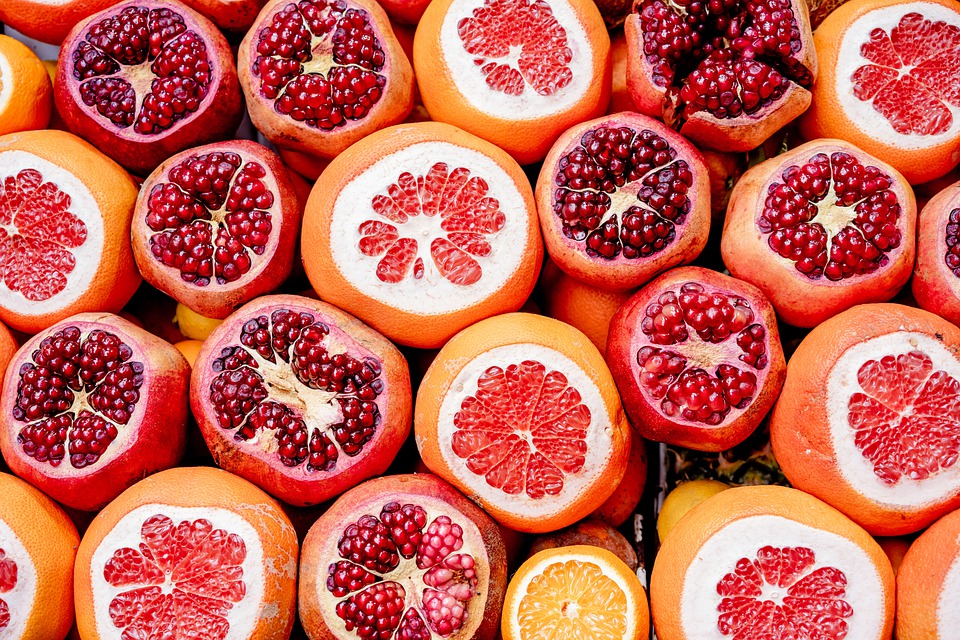



Article by: Hari Yellina
In its first season of commercial production, a Western Australian pomegranate grower was unable to meet the high demand for the fruit. Bassam Al Haify, co-owner of Gingin Pomegranates, notes that due to several unfavourable weather events, volume was lower than expected, but quality was still excellent. “It wasn’t a poor season,” he remarked, “but we did have a problem with the rain, which caused some of the fruit to split.” “We expected to get more fruit, but we had some rain in November, which hampered the fruit’s setting.” We were still able to harvest about 4 tonnes of pomegranates. Everyone was satisfied, according to the input I received.
The reactions on Facebook were overwhelmingly positive; people were astounded by the amount of juice in the fruit as well as the taste, which they attributed to the fact that it was still fresh. It’s not like it’s frozen or imported from places like America, where our pomegranates are frequently grown, and it takes two months to arrive.” While the harvest season lasted just over two weeks, from mid-April to early May, Gingin Pomegranates is still receiving calls requesting for additional fruit. “Regardless of how much we want to plant, there is a great demand, and it will sell out,” he said. “Markets in Australia’s eastern states, such as Melbourne, have sought us to buy my produce, but I just don’t have enough.
People adore it because they can do so much with it: eat it raw, create a concentrate, juice, or salad out of it, and even separate the arils and sell them individually. However, I was barely able to meet demand in Western Australian markets.” Customers can Pick Your Own (PYO) at the orchard, which is located in Bambun, Gingin shire, less than an hour north of Perth, Western Australia. The property covers 180 acres, according to Mr. Al Haify, but pomegranate cultivation takes up only 20 acres at current time, with roughly 4,000 trees. He’d like to plant more to satisfy demand, but at the moment, difficulties attracting labour are holding the firm back, given that the farm is run by only Bassam and his brother Ali Alzoubaydy.
“When we first got the land, we wanted to grow dates, but they take ten years to bear fruit,” Mr Al Haify explained. “As a result, we decided to plant something that would take less time to grow so that we could earn some money.” But the major reason we chose pomegranate is that it is grown in the southern hemisphere in such small quantities that there is a vast demand. In the future, we’d like to export to the northern hemisphere as well.
The fruit also provides a lot of health benefits because it is high in antioxidants. People were shocked that they could select their own fruit when I opened up the farm for PYO. We were also less expensive than other options on the market. Our climate is similar to that of the Mediterranean, which means it is hot and dry, which is ideal for pomegranates. However, when it rains, like it did this year, the fruit splits.” Gulosha Azerbaijani, Wonderful, Acco, and Rosavaya are the four types produced by Gingin Pomegranates, and some are more sensitive to weather damage than others. Because of the huge demand for the fruit in Australia, Mr. Al Haify is urging more growers to plant it because there is a market for it.
He explained, “There are quite a few farms here in Western Australia; one down in the south in Albany, another in Gingin, and another farther east.” “So, there are a few, it’s a burgeoning industry – and the fruit can’t keep up with demand, so we’ll have to grow a lot more. The good news is that when we have our season in Australia, the northern hemisphere is off, so we can take advantage of that market as well. There is a great deal of interest. I encourage everybody who lives in a climate where it is possible to cultivate it to conduct some research and consider it.”